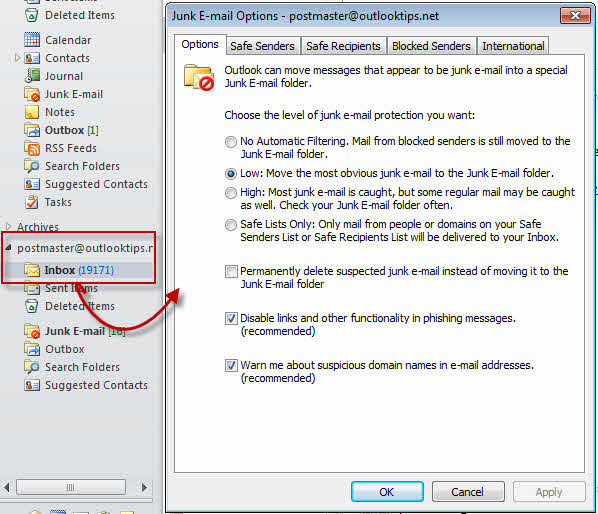


From the drop-down, select A message header… > includes any of these words.Click the Add Condition button under the Apply this rule if… header.To mitigate some of this risk, we recommend adding an additional condition that checks if the message was sent from the domain’s registered servers: Whitelisting an entire domain can leave your organization vulnerable to threats from accounts that spoof the allowed domain. Add additional domains here or click Ok to exit the flyout window.Type the domain in the Specify Domain flyout window and click the Plus button to add the domain to your policy.From the Apply this rule if… drop down, select the sender… > domain is.How to Whitelist an email domain in Office 365: In the Do the following… field, Set the spam confidence level (SCL) to Bypass Spam Filtering should automatically be selected.Click the Ok button to exit the flyout window.Click the Check names button to move your address to the Add – > field.In the field to the right of the Check names button, type the email address you want to allow.From the Apply this rule if… drop down, select the sender… > is this person.Add a new rule for Bypass Spam Filtering.Click on the Mail Flow drop down and select Rules.How to Whitelist Email Address in Office 365 If you’re not an Office 365 admin, you can use our end-user instructions for whitelisting email addresses from Outlook, here. Use the second set of instructions for a few more details. The first set of instructions is for the pros–no fluff. We get this question a lot from IT Pros and people just getting started in the Office 365 Admin center. To make sure messages get through, you can whitelist email addresses in Office 365. Sometimes Exchange can be a little overzealous in protecting you from spam and other unwanted email.


 0 kommentar(er)
0 kommentar(er)
